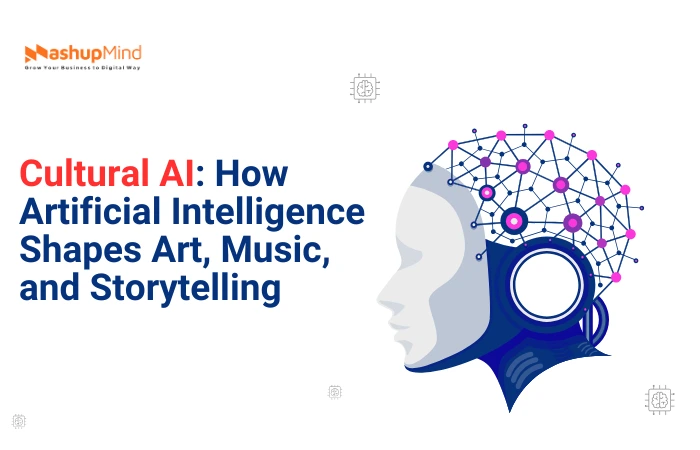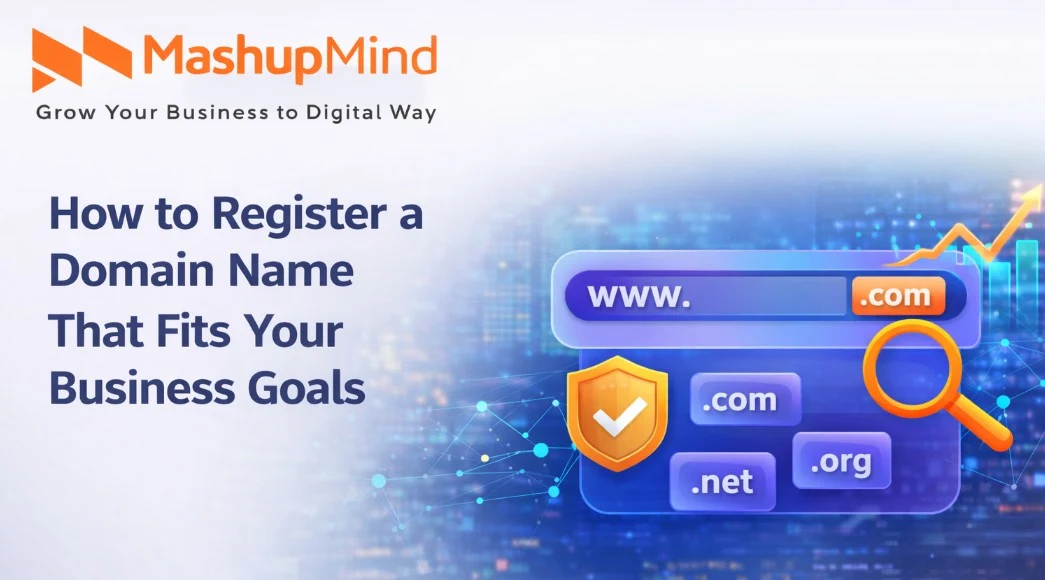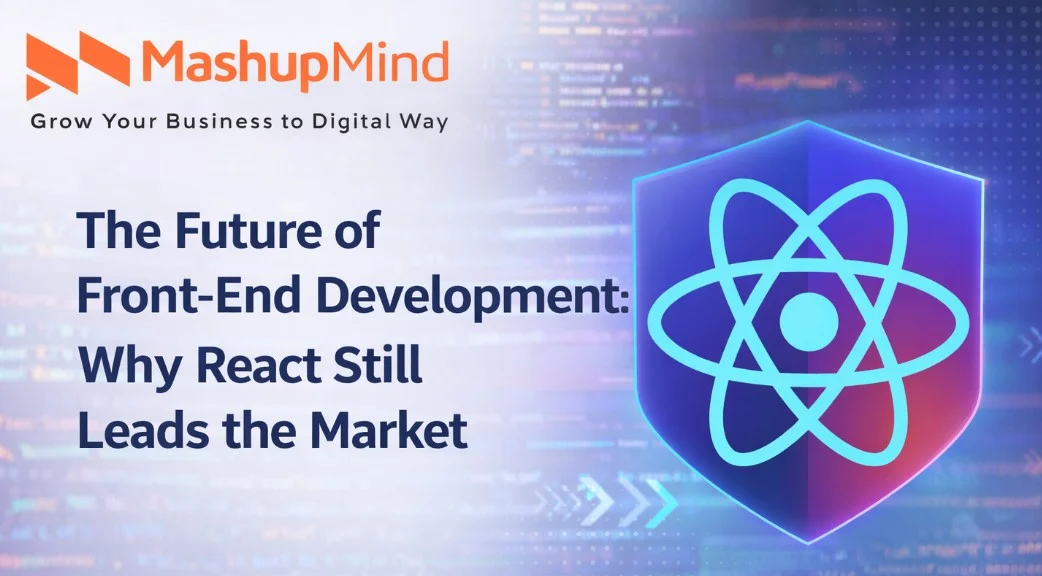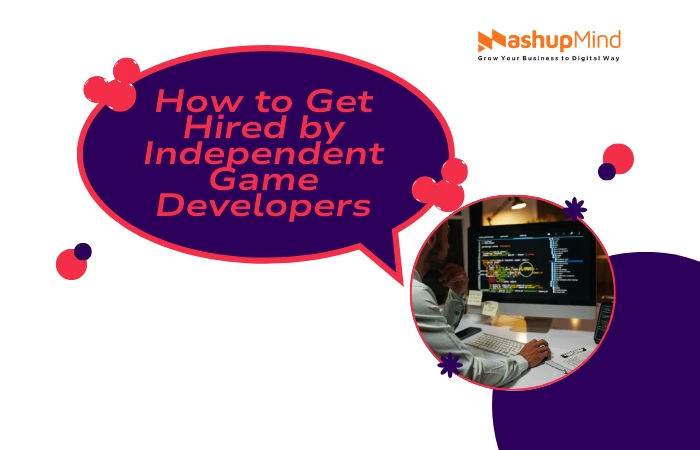Introduction
For centuries, new technologies have transformed culture. The printing press democratized knowledge, photography redefined portraiture, and digital editing reshaped cinema. In 2025, Artificial Intelligence (AI) is the latest — and perhaps most disruptive — force in the cultural landscape.
No longer confined to research labs, AI has become an active participant in art, music, and storytelling. From generating hyper-realistic paintings to composing symphonies and crafting immersive narratives, AI is not only expanding creative possibilities but also challenging our notions of authorship, originality, and cultural value.
AI in the Visual Arts
From Tool to Co-Creator
Early digital art tools, like Photoshop, were extensions of human creativity. Today, AI platforms such as DALL·E, Midjourney, and Stable Diffusion can produce entire artworks from a single text prompt. This shift elevates AI from being a passive instrument to an active creative partner.
Expert comment: “We’re entering an era where AI is not just enabling artists but collaborating with them — adding its own interpretations to human ideas,” says Dr. Amina El-Badri, curator at the International Museum of Digital Culture.
Expanding Access to Artistic Expression
For people without formal art training, AI lowers the barrier to entry. A teenager in a rural village can now create gallery-worthy images with just a laptop and an internet connection. This democratization of art-making is both celebrated for its inclusivity and critiqued for potentially oversaturating cultural markets.
Redefining Styles and Genres
AI doesn’t just replicate existing styles — it merges them. Imagine a fusion of Van Gogh’s brushwork with African textile patterns, or cubism blended with street art photography. Artists are using these hybrid styles to explore new aesthetic territories.
AI in Music
Composition at Machine Speed
Platforms like AIVA, Amper Music, and Soundraw can compose music in seconds, adapting genre, tempo, and instrumentation to fit a mood or brief. This has revolutionized industries like gaming, advertising, and film, where fast turnaround times are critical.
Human-Machine Duets
Musicians are increasingly performing alongside AI systems that can improvise in real time. Jazz ensembles, for instance, are experimenting with AI that responds to live solos with harmonic and rhythmic variations, creating a new form of interactive music-making.
Cultural Preservation Through AI
AI is also being used to preserve and revive endangered musical traditions. Projects like Lost Tapes AI analyze archival recordings of indigenous music to recreate lost instruments and songs, ensuring cultural heritage survives in the digital age.
AI in Storytelling
Generative Narrative Engines
Storytelling AI systems like Sudowrite and Narrative Device can co-author novels, scripts, or interactive experiences. They analyze plot structures, character arcs, and stylistic patterns, then generate content that complements a human author’s voice.
Immersive Worlds
In gaming and virtual reality, AI generates dynamic environments and non-playable characters (NPCs) with unique personalities and backstories. This makes storytelling more adaptive, allowing players to experience narratives that feel personally tailored.
New Genres and Formats
Interactive films and branching story podcasts — where the audience’s choices influence the plot — are becoming more sophisticated thanks to AI. This hybrid of storytelling and computation is giving rise to formats we haven’t seen before.
The Role of Human Creativity in an AI Era
Intent and Emotion
While AI can mimic the structures and styles of human creativity, it lacks lived experience and intrinsic emotion. Cultural resonance often comes from personal narratives, historical contexts, and emotional authenticity — all of which remain uniquely human contributions.
Mid-article anchor placement: Some creators brainstorm plot twists or character traits by engaging in a free AI chat to explore unconventional ideas. This process doesn’t replace their voice but enriches it, adding unexpected angles that might otherwise be overlooked.
Curatorship and Judgment
In a world where AI can generate thousands of images, songs, or stories in minutes, the human role shifts toward selection, refinement, and framing. Curatorship becomes a form of artistry itself.
Challenges and Ethical Considerations
Authorship and Copyright
Who owns an AI-generated artwork — the person who wrote the prompt, the developer of the AI, or the AI itself? Legal frameworks are struggling to keep pace with these questions, and global consensus remains elusive.
Cultural Appropriation
AI models trained on vast datasets may unintentionally replicate cultural motifs without proper attribution or consent. This raises concerns about digital exploitation of cultural heritage.
Algorithmic Bias in Culture
If an AI’s training data overrepresents certain regions or styles, it risks reinforcing cultural dominance and marginalizing lesser-known traditions. Ensuring diversity in training datasets is crucial to maintaining a balanced cultural landscape.
Case Studies in Cultural AI
AI Art Auction at Sotheby’s
In 2024, Sotheby’s hosted its first auction dedicated entirely to AI-human collaborative artworks. Pieces sold for six-figure sums, demonstrating the market’s growing acceptance of AI as a legitimate artistic contributor.
Virtual Pop Star Phenomenon
AI-generated pop stars, such as Japan’s Hatsune Miku and new 2025 entrants like Lyrica, are releasing chart-topping singles, performing live via hologram, and building global fanbases — all without human vocal cords.
Interactive AI Theatre
In London, the AI Playhouse Project stages performances where the script changes nightly, guided by audience prompts and AI improvisation. No two shows are the same, making theatre a truly living art form.
The Future of Cultural AI
Hyper-Personalized Culture
By 2030, AI may be able to generate fully personalized cultural experiences — art exhibitions curated to your aesthetic tastes, music playlists that adapt to your mood in real time, or novels where the protagonist shares your background and values.
AI as Cultural Historian
AI’s archival capabilities could enable it to act as a cultural historian, cross-referencing centuries of creative works to uncover patterns and influences invisible to human researchers.
Cross-Cultural Synthesis
As AI learns from a wider range of global cultural sources, it could become a bridge between traditions — creating works that blend influences in ways that celebrate diversity rather than homogenize it.
Conclusion
AI is no longer just a subject for science fiction — it’s a living, evolving participant in the arts. It challenges our definitions of creativity, reshapes cultural production, and opens new pathways for artistic expression.
But the most compelling works in this AI era are not those where machines act alone. They are the products of human-machine collaboration, where human emotion and cultural context merge with AI’s generative power.
As Dr. El-Badri observes: “The art, music, and stories of the future will be born not from silicon or flesh alone, but from the conversation between the two.”







